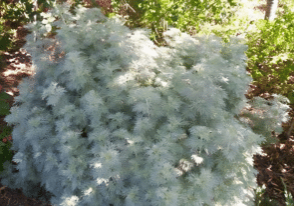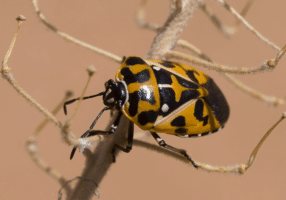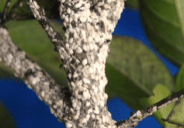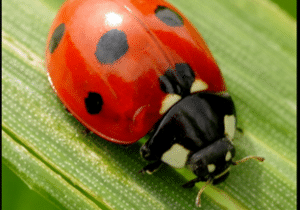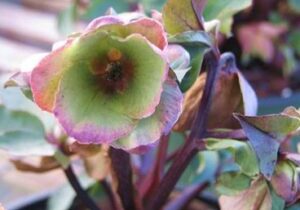by Marji Pulliam

"May the Wings of the Butterfly Kiss the sun and Find Your Shoulder to Light on..."
-IrishBlessing
On September 5, Blythewood held the first annual Blythewood Butterfly Festival. It was a day of fun and celebration with the highlight of a butterfly release. Monarch butterflies were set free in the flower garden to the delight of witnesses. The butterflies enchanted onlookers as they fluttered to the flowers and also onto the onlookers themselves.
The primary purpose of the event was to help create an awareness regarding the gradual disappearance of the Monarch Butterfly from the Carolinas. The SC Wildlife Federation was on hand to answer specific questions regarding the vanishing Nymphalidae, but more importantly to discuss what can be done to encourage their return.
Butterflies are synonymous with grace and beauty. Photographers, painters, and writers have been inspired by their gentle ways and seemingly weightless floating from flower to flower. Gardeners purposely grow flowers which will attract them. Children try to reach out and catch them. Their transformation from ‘ugly’ caterpillar to beautiful butterfly has been made a symbol of hope.
And Monarchs are truly the reigning beauty of butterflies. The intricate pattern on their large, bright orange wings appears like a touch of stained glass. Found throughout North and South America, and at home in the Caribbean, there is also a European variety as well as species that make their home in Australia and New Zealand.
Adult Monarchs can live from 2-6 weeks until the fourth generation. This fourth generation, hatched around September and October, lives 6-8 months because they have a unique job.
It is then Monarchs add another level of amazement! Monarchs migrate. Unlike other butterfly species, they cannot survive the harsh winters, so every year thousands of these glorious butterflies hit the road, or the air, to travel up to 3,000 miles from Canada to Mexico. And then, when the weather improves, it’s back again. According to the USDA, they can travel between 50 and 100 miles a day! Thousands of butterflies flying thousands of miles without a gps, compass, or roadmap. These remarkable delicate insects are also international travelers!
But there is a problem.
Information provided at the Blythewood Butterfly Festival by the South Carolina Wildlife Federation stated that there has been a sharp decline of Monarchs in recent years, as much as 90%! This is an alarming statistic. While the reasons may vary, there is something each of us can do to help!
Plant milkweed.
Many butterflies enjoy milkweed as a source of nectar. And although Monarch butterflies also enjoy a variety of flower nectar, as other butterflies do, Monarchs lay their eggs on milkweed exclusively.
Milkweed leaves are the only thing Monarch caterpillars will eat – and they eat a lot! The caterpillar stage can last up to 2 weeks, and during that time, the caterpillars are voracious eaters. The milkweed leaves eaten by Monarch caterpillars provide toxins for adult Monarchs, which protects them from predators. So milkweed plants are vital for Monarch butterflies to survive.
Milkweed, the common name, derives its name from the white, milky looking substance that comes out if its stem is broken. But it only looks like milk; it is not for human consumption. It is poisonous.
Silkweed is another common name for the same plant. This derivation comes from a description of its seeds. The seeds, which grow in pods, are attached to white puffs of silk. When the pods break open, the seeds are carried away by breezes. This plant has the unique ability to flower and seed at the same time. It produces flowers all summer long!
There are 26 milkweed varieties which are native to South Carolina. The Latin names all start with “Asclepias” who, incidentally, was the Greek god of medicine. Some of the more widely spread are called Asclepias amplexicaulis, Asclepias tuberosa, and Asclepias variegate. Milkweed plants are also available in many nurseries.
Milkweed seeds can be started indoors around February and planted outside in April. For best germinating success, soak the seeds in warm water for 24 hours before planting. They can also be rooted from stem cuttings.
If there are black and white striped caterpillars devouring your milkweed plants, don’t panic! Those are the baby Monarchs. Watch, wait, and enjoy!
And if you plant enough milkweed, you might have a butterfly festival in your own backyard!
For More information, click below...
https://www.facebook.com/events/749392345188408
http://www.scwf.org/index.php/education-programs/help-monarchs
http://www.monarch-butterfly.com/monarch-butterflies-facts.html
https://monarchbutterflygarden.net/milkweed-plant-seed-resources/asclepias-curassavica-tropical-milkweed/
http://monarchwatch.org/bring-back-the-monarchs/milkweeds-by-state/
http://www.fs.fed.us/wildflowers/pollinators/Monarch_Butterfly/migration
/index.shtml

